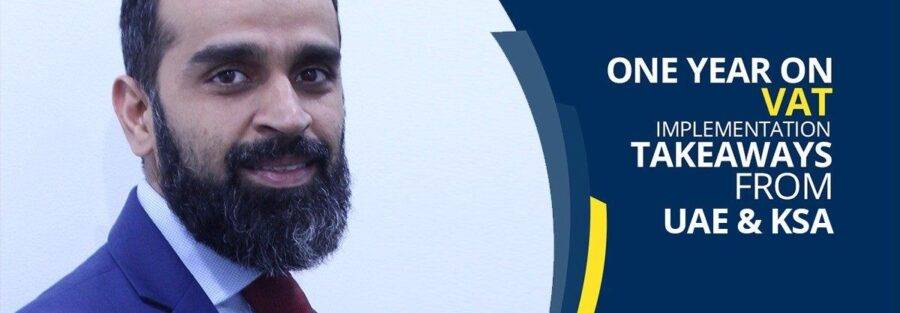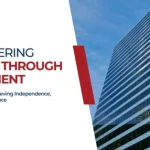It’s been a year since VAT first landed in GCC region with UAE and KSA being the first member states to implement. Fast forward and here we are marking the start of VAT implementation in Bahrain.
Remember, VAT implementation was a watershed moment in the history of GCC as the oil rick states fall short of revenues due to a sharp decrease in global oil prices. In order to streamline falling revenues and give a boost to the economy, the GCC member states issues a joint GCC VAT framework pledging to introduce VAT for the first time at a nominal rate of 5%. Since then, businesses in UAE and KSA have already moved mountains to get VAT compliant and well, have certainly gained a lot of experience in this matter.
Now as businesses in Bahrain prepare to brace VAT the very first time in their history, there are some lessons they can learn from UAE and KSA stories. Here we will be looking back at lessons learned from VAT implementation in UAE and KSA, and how these lessons can help Bahrain businesses to not fall for the same mistakes.
Here we go…
VAT became effective in UAE and KSA on January 01, 2018. As stated, we have already surpassed one year watermark, and still, there are businesses that struggle to get complete hold of VAT complied systems and processes. Let’s see where most businesses lack and how you can avoid falling for the same pitfalls.
– Tax Linkage – An Ongoing Work
Apart from the technical lagging, there were some administrative issues that businesses have faced in UAE and KSA.
One particular issue is connecting the tax registration number (TRN) and custom registration numbers (CRN) with the VAT centralize system.
“Now, since we have worked extensively with hundreds of businesses across UAE and KSA, we know in this case businesses aren’t at fault for the most part. Contrarily it’s the complexity and intricate nature of GCC VAT framework that restricts efficient and easy connection between TRN and CRN to authorized systems and until VAT is implemented across the member states, it is expected to remain a complex system for that matter”.
– Accounting and IT system requirements
Coming to more technical issues, perhaps the greatest challenge for businesses was to update their accounting and IT systems to VAT compliant state. For decades, businesses have been using legacy accounting systems with no VAT entry. However, with the implementation of VAT, it was mandatory to produce VAT inclusive invoices.
“The biggest challenge that businesses faced was to incorporate the right accounting and IT systems. Our experiences with businesses help us analyze their inherent in-house resource lacking. The in-house accounting and IT staff weren’t trained enough to take on the transition on their own and required specialist help. Few who do dare to embark on a DIY journey go through many pains and have to resort to some sort of outside expert help to make it through”.
– Accurate Reporting
Another crucial lesson from AUE and KSA is that of consistent VAT return submission. Now, the authorities in both states go at all lengths to help businesses understand the mandatory requisites for VAT submission; especially in case of UAE, where Federal Tax Authority (FTA) even launched a full-fledged campaign to help businesses comply to return submission procedure.
“It was once again the sheer lacking of in-house expertise that left businesses in total dismay when it comes to VAT return submission. Even in cases where they manage to go through the accounting and IT system updates, submitting an accurate and complete VAT return was mandatory to avoid hefty penalties and fines. Our experience has shown that businesses require a specialist VAT firm to submit and train the in-house staff for future”.
– Apportionment of Input VAT
Another pinning issue faced by businesses is to apportion VAT exempt and zero-rated supplies. The GCC VAT framework empowers each state to offer incentives to certain items of interest as exempt supplies (non-taxable) and zero-rated supplies(where input VAT is recoverable).
To add even more complexity, businesses like insurance companies offering exempted as well as taxable services have to have a definite apportion methodology to be able to not over-burden their cash flows.
“This is yet another classic lesson learned from UAE and KSA. Over the past year, we have worked with businesses to help them understand the complexities of rules and adopt best apportion practices to streamline their cash flows”.
The takeaway:
Well, to start-off, VAT isn’t some draconian law neither a rocket science to understand. Nonetheless, it’s definitely a challenge for businesses that have largely operated in a tax-free environment for decades. Perhaps the single takeaway businesses can take is to go for professional VAT services; at least for first few months; not just to incorporate VTA complaint systems and processes but also as a measure to build in-house capacity for future compliance.





